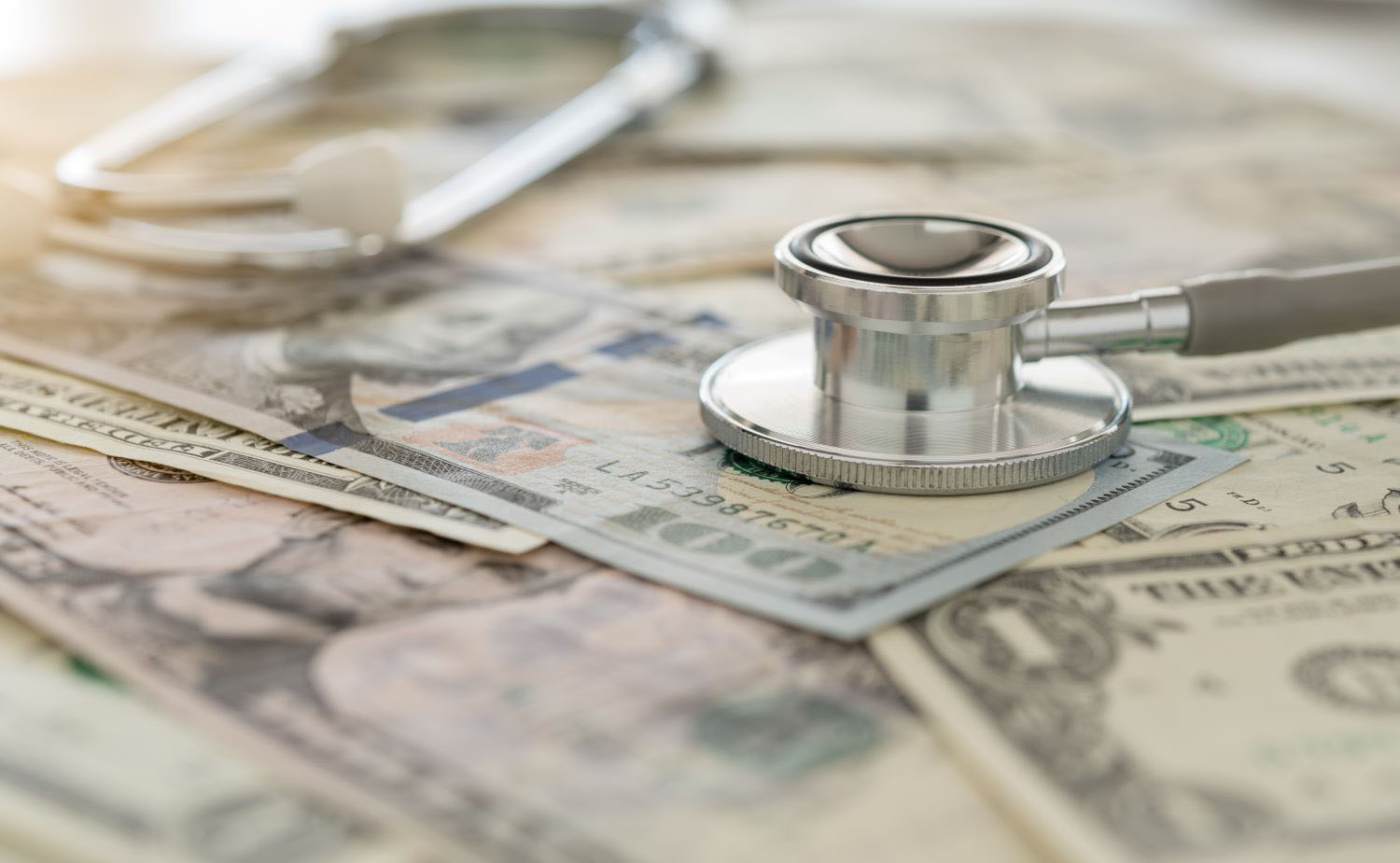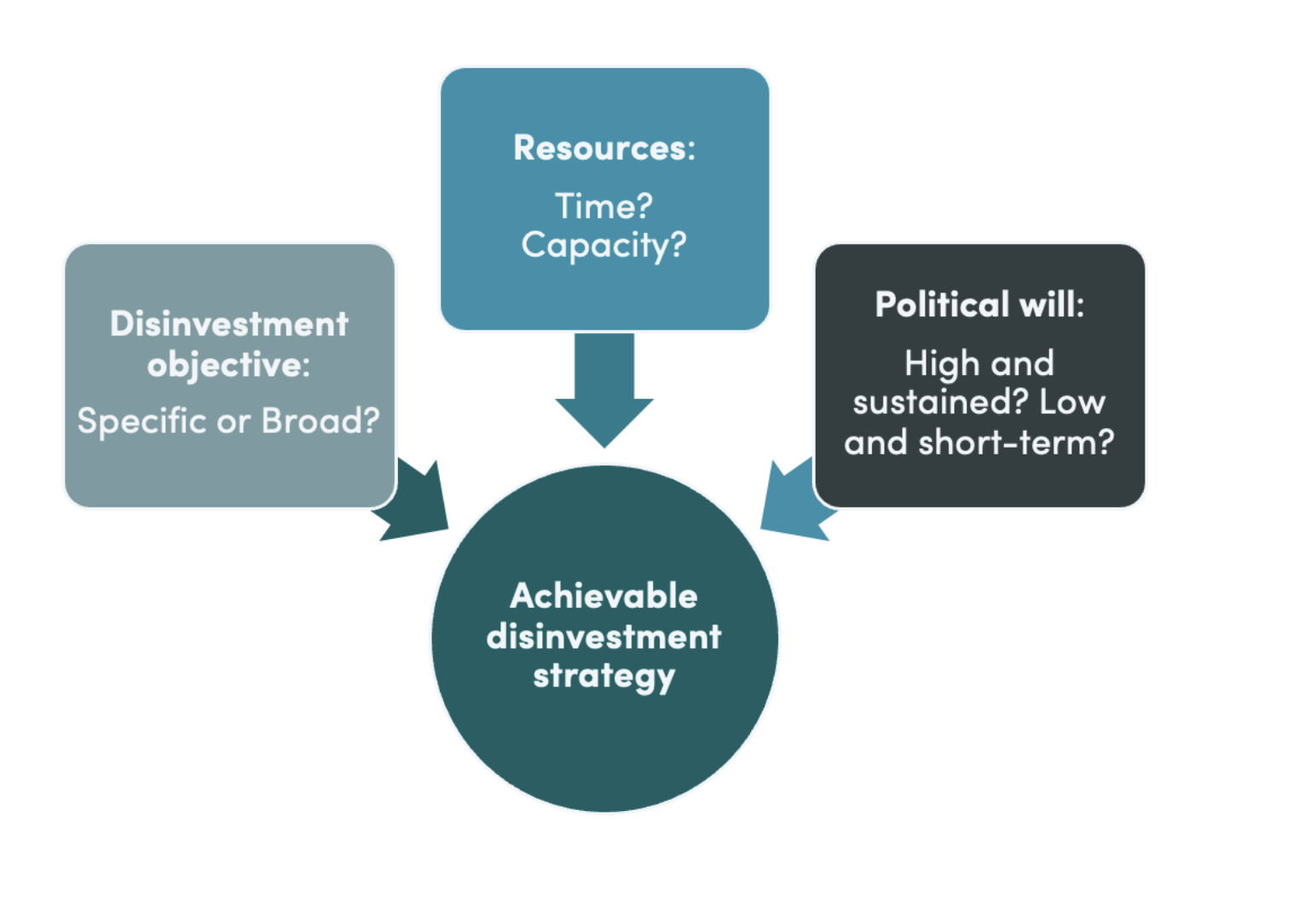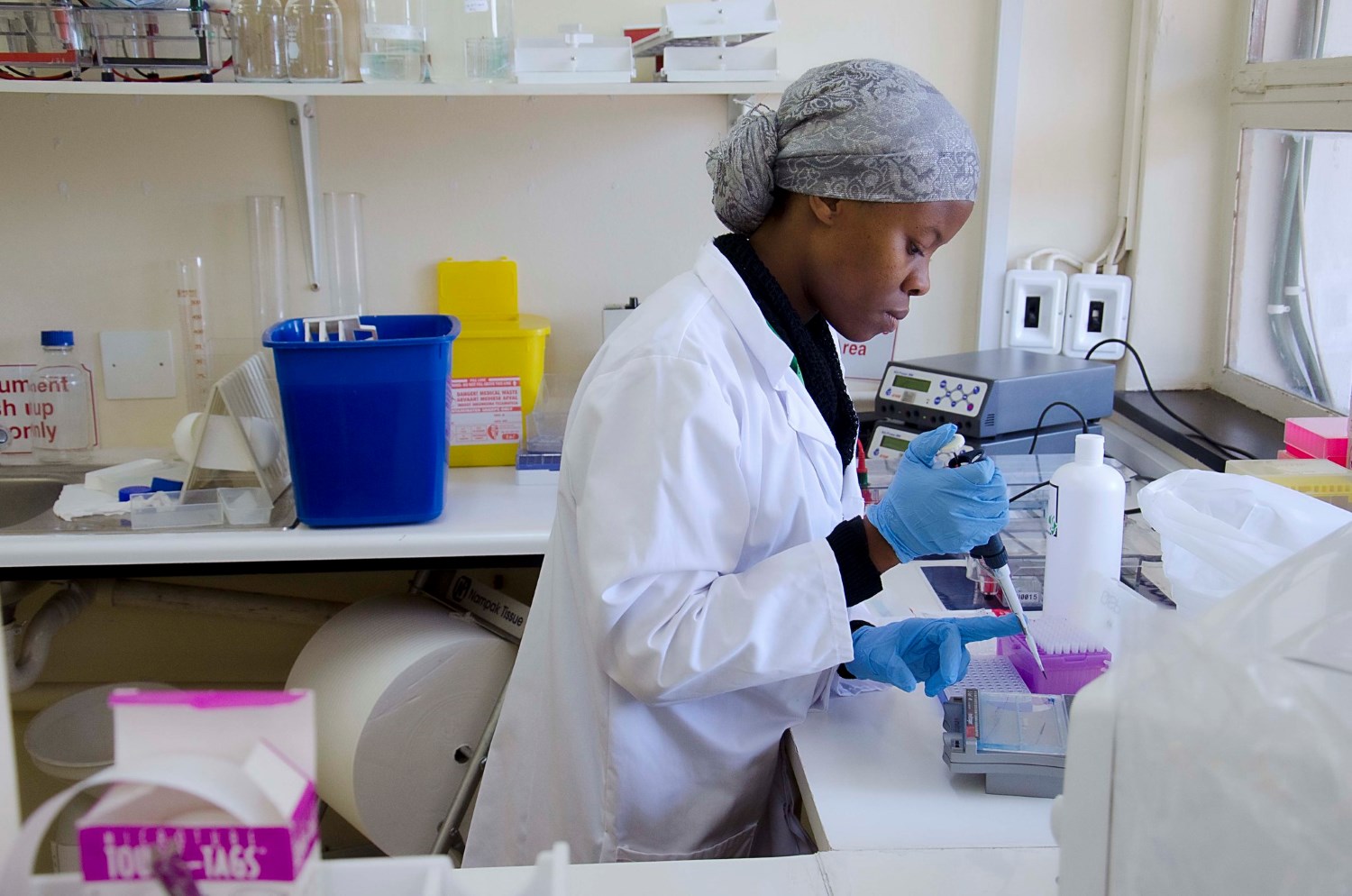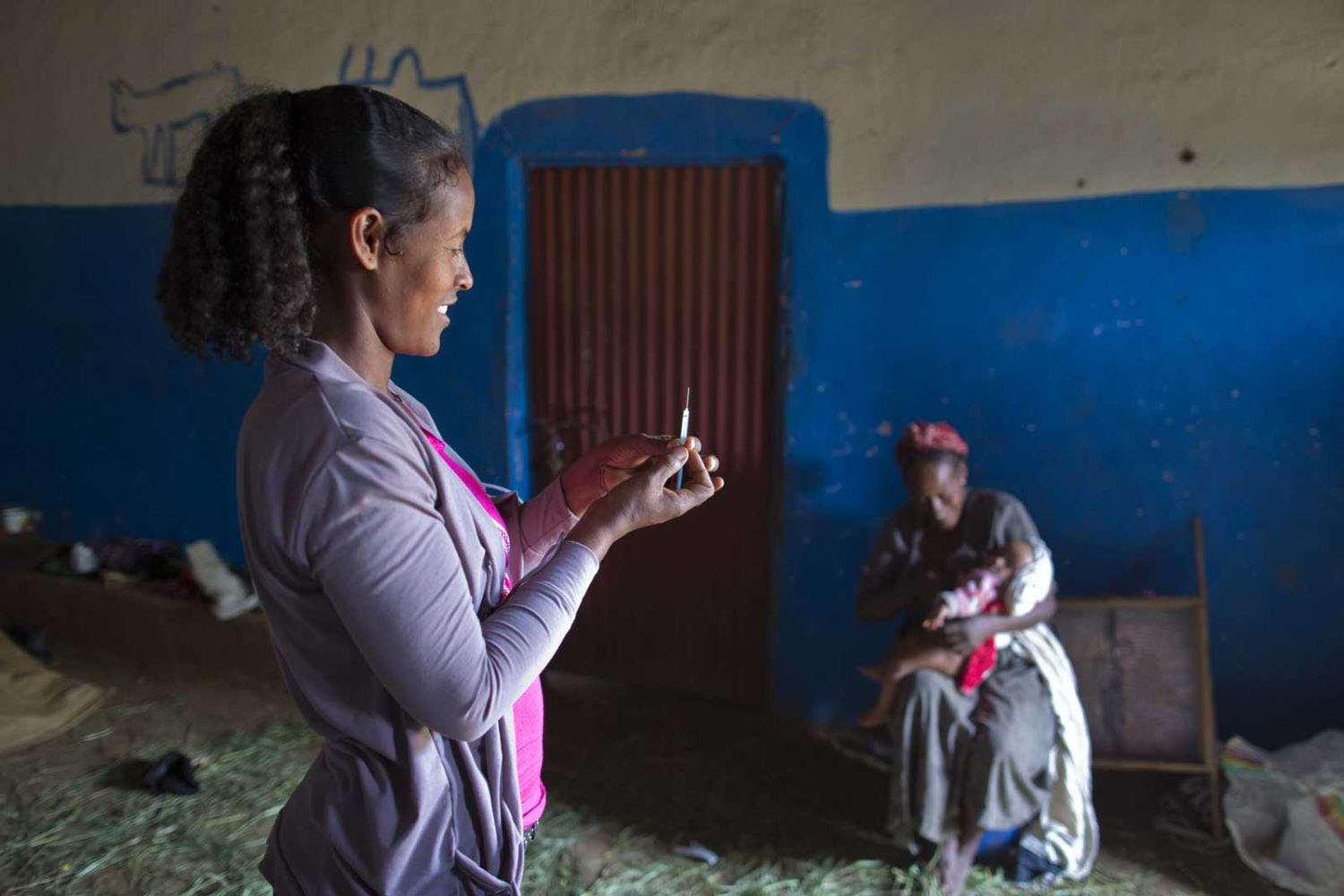Recommended
After collaborating for several years under the leadership of Ghana’s National Drugs Programme, Ghanaian and UK partners came together earlier this year to help Ghanaian health authorities identify efficiency improvements in how the country’s National Health Insurance Scheme (NHIS) manages hypertension. Hypertension—a major risk factor for cardiovascular disease—is a growing burden across sub-Saharan Africa that now affects almost one in two Ghanaians; strokes and heart attacks were the third and fifth biggest killers in Ghana in 2016.
The resulting analysis (discussed here) was led by a Ghanaian heath technology assessment (HTA) task force[1] under the auspices of the Ministry of Health, the International Decision Support Initiative, and the University of Southampton’s Health Technology Assessment Centre, itself a major partner of the UK’s NICE in producing HTAs for the British National Health Service. The task force report identifies a number of opportunities for improving efficiency without compromising (and in several cases, whilst improving) population health outcomes. It provides recommendations on institutionalising HTA whilst addressing skills and data gaps for making such targeted analyses routinely available to those who make spending decisions in Ghana. Ghanaian decision makers are particularly keen to use the analysis for redeploying any realisable efficiency savings into identifying, treating, and managing high blood pressure, especially amongst the estimated 300,600 Ghanaians who currently suffer from severe hypertension (which puts them at risk of imminent stroke or heart attack) but who remain undiagnosed, untreated, or inadequately treated.
According to the task force’s analysis, what drives inefficient spending boils down to two questions:
- What hypertension medicines is Ghana’s NHIS buying?
- How much is Ghana’s NHIS paying for the medicines it buys?
In other words, the model estimates are heavily driven by the selection of products and formulations, and by their acquisition costs. With a two- to eightfold variation in annual treatment costs within drug classes, and up to 50-fold across classes, this is hardly surprising. As a result, a slight (10 percent) shift in prescribing (in accordance with Ghanaian and international guidelines[2]) from the most expensive to the cheaper and equally effective class would yield enough savings to treat all those diagnosed with hypertension but currently not on treatment four times over, generating 46,000 extra disability-adjusted life years (DALYs). (And in fact, this figure is likely to be an underestimate given that the model uses 2003 life expectancy calculations—the 2015 calculations are more favourable.) A 10 percent reduction in the average drug prices of the 17 hypertensive products that NHIS currently reimburses would generate savings amounting almost to 1 percent of the country’s significant $500m pharmaceuticals market, or one-eighth of the Ministry of Health’s centrally held procurement budget of $40m. Just to bring it closer to home (and to pick on the worst outlier), the British NHS gives an indicative price per capsule for the cheapest generic version of Nifedipine 10mg of 4-5 pence (£0.047) (if you have a UK IP address, you can confirm this on the British National Formulary website). The NHIS site price is almost twice that at £0.084 per capsule (1 GBP = 5.82802 GHS).
Ultimately, a lot of these issues relate to procuring medicines. CGD recently launched a working group on the Future of Global Health Procurement to consider the efficiency, quality, affordability, and security of global and increasingly country-led procurement, especially in light of countries such as Ghana rapidly transitioning away from aid. (The head of Ghana’s national drugs programme is a working group member.) Early data suggest a transition in commodities, with the gap left by the reduction in donor monies as countries move into the lower-middle-income grouping being filled by private procurement, mostly unconsolidated, and private financing, mostly out of pocket. This is the priorities ditch applied to commodity spending.
The Ghanaian authorities understand what is at stake as the fight to ensure the financial viability of their National Health Insurance Scheme. As the new Ghanaian Minister of Health states in the preface to the task force report: “Every cedi spent within the Ghanaian healthcare system should utilise the best possible value for health gains.” In that sense, the country is perhaps ahead of global organisations such as the WHO and the Global Fund, which still find it challenging to endorse and implement the notion of value for money. Ghana has strong institutions in place to commission, produce, and act on careful assessments of value for money for investments and, critically, disinvestment decisions. But it will need help to strengthen these analytical, administrative, and policy capacities before analyses such as the one discussed here can be produced routinely and in-country.
Ghana will need, for example, access to simple, ideally Excel-based, models as well as support in developing the skills to adapt those models to local circumstances. A repository of executable cost-effectiveness and budget impact models spanning all major diseases and conditions would be a valuable global public good. Ghanaian policymakers will also need support with incorporating the country’s vertical programmes into its NHI benefits package as donors depart. Take HIV: according to a recent Health Policy Plus (HP+) report, and as shown in the figure below, Ghana will need twice the projected commitment by PEPFAR and GFATM to achieve WHO’s 90-90-90 target (by 2020, 90 percent of people who are HIV infected will be diagnosed, 90 percent of people who are diagnosed will be on antiretroviral treatment, and in 90 percent of those who receive antiretrovirals, the amount of virus in their blood is undetectable). Another CGD working group is looking at incorporating economics and modelling in global health goals and guidelines; it just had its first meeting in DC and plans to release its report in summer 2018.
Whether it’s called strategic purchasing (a term increasingly popular in global health cycles), evidence-informed commissioning (popular in the UK), or value-based insurance (popular in the US), the quest to squeeze better value out of existing resources is global. But lack of clarity regarding global and national healthcare investment goals, coupled with low technical capacity in ministries of health and insurance funds and multiple competing interests for attracting healthcare dollars, all make proactive evidence-informed buying hard to achieve. Ghana has taken the first step in the right direction but there is a long road ahead. The global health community ought to help Ghana and countries like it strengthen their national systems for allocating resources including when selecting, negotiating prices, and procuring medicines for their populations. This is a global public good worth investing in.
[1] The task force comprised representatives from all major players in Ghana’s healthcare system, including the National Drugs Programme of the Ministry of Health, the local WHO office, Ghana’s Health Service, Ghana’s universities in Accra and Kumasi, NGOs, regional authorities, the National Health Insurance Agency, and professional associations, including the chair of the country’s well-established Standard Treatment Guidelines and Essential Medicines committee, who also chaired the task force.
[2] NICE’s guidelines have been relaxed from the original recommendation to start with a diuretic when the other antihypertensive classes lost their patent in the UK in the early 2010, leading to generic entry and a significant drop in prices. This is not the case in Ghana, where diuretics are still orders of magnitude cheaper than calcium channel blockers or ACE inhibitors.
Disclaimer
CGD blog posts reflect the views of the authors, drawing on prior research and experience in their areas of expertise. CGD is a nonpartisan, independent organization and does not take institutional positions.
More Reading








